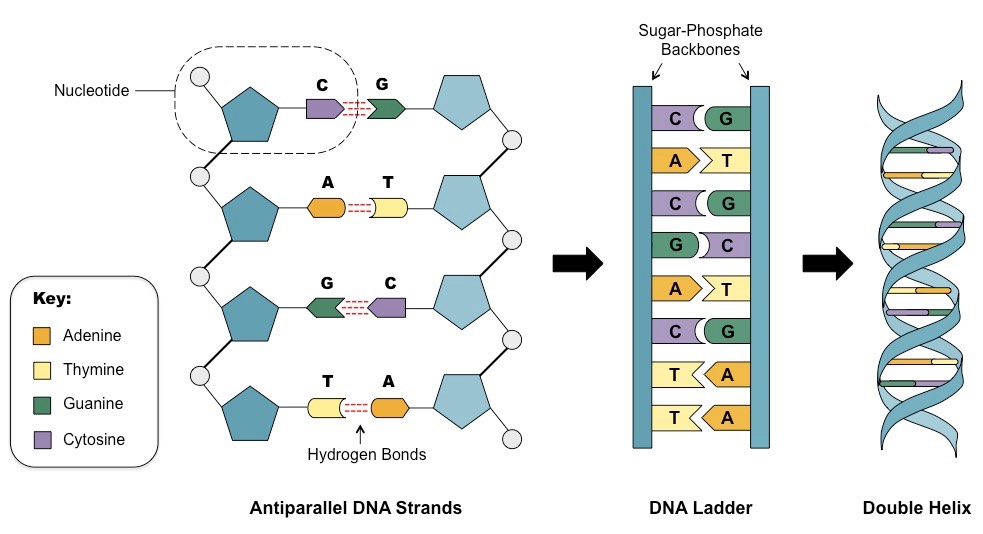
DNA barcoding method represents a useful tool for insect taxonomy since, in most cases, it allows discrimination of species based on molecular information even when their morphological identification is difficult. These species groups have been extensively studied from the morphological point of view, but only a few molecular analyses were performed on them. Within the Myzocallis subgenera, the species are sometimes rather difficult to be distinguished based on morphology, since only few diagnostic characters are present that are also frequently subject to biometric variations among the different populations due to the influence of various abiotic factors. Nymphs, as well as apterous viviparous and oviparous females, have dorsal and sometimes basal antennal hairs rather long and capitate. coryli, for which apterous or apteroids forms are known. All the viviparous females of Myzocallis species are also alate, except for of M. Moreover, the viviparous females of these species are characterized by knobbed cauda and bilobed anal plates.

Some species dorsally show dark longitudinal strips on the head and thorax and dark spots on the abdomen, while in others those patches are barely visible. West Palaearctic Myzocallis species are characterized by small body size (1.3–2.6 mm) and body colour varying from pale straw yellow to ocherous. All the species live on the lower part of the leaves usually without causing appreciable damage and are not myrmecophilous. cocciferina Quednau & Barbagallo, which develop anholocyclically on evergreen oaks.

schreiberi Hille Ris Lambers & Stroyan and M. The Mediterranean Myzocallis are monoecious and predominantly holocyclic, except for of M. walshii (Monell) appeared in Europe around the end of the ‘80s and quickly became widespread on the introduced red oak, Q. In contrast, one species of the large Nearctic subgenus Lineomyzocallis, M. boerneri) are found also outside the native area since they were introduced into other continents following the human activities. ( M.) macrolepidis, was recently described from Italy. The three West Palaearctic subgenera of Myzocallis (i.e., Agrioaphis, Myzocallis and Pasekia) are represented so far by thirteen species and one subspecies. Noteworthy, each European oak taxa host at least one Calaphidinae aphid species. In a recent taxonomic revision integrating data from molecular and morphological analyses, the west Eurasian oaks have resulted inclusive of subgenus Quercus, with the sections ‘Quercus’ and ‘Ponticae’ and of subgenus Cerris, in turn subdivided into Sections ‘Cerris’ and ‘Ilex’. Compared to the more recent and numerous Aphidinae, Calaphidinae aphids are rather primitive, according to the hypothesis they had a parallel evolution with Fagales, an earlier differentiated group among Magnoliophyta or Angiospermae. coryli (Goeze) living on the Betulaceae genera Carpinus and Corylus, respectively. myricae (Kaltenbach) linked to Myrica (Myricales, Myricaceae), and M. Most species live on host plant of the genera Quercus and Castanea (Fagales, Fagaceae), except for M.

asclepiadis (Monell) living on Asclepias (Apocynaceae), all other Myzocallis species inhabit plants belonging to Fagales. It is subdivided into ten subgenera, three of them having a West Palaearctic native area of distribution as quoted in the revision of all species-group on a worldwide scale. The Holarctic genus Myzocallis Passerini (Hemiptera, Aphididae, Calaphidinae, Myzocallidini) currently lists 45 species, including a few subspecies.
4PEAKS DNA FULL
( M.) boerneri, should be regarded at a rank of full species, and the subgenera Agrioaphis, Lineomyzocallis, Neomyzocallis, Pasekia were elevated to the rank of genus, while Myzocallis remain as such. ( M.) schreiberi, considered as a subspecies of M. These study findings indicate that Myzocallis ( Agrioaphis) leclanti, originally described as a subspecies of M. Here, the main aims were to develop a DNA barcodes library for the molecular identification of West Palaearctic Myzocallis species, to evaluate the congruence among their morphological, ecological and DNA-based delimitation, and verify the congruence of the subgeneric subdivision presently adopted by comparing the results with those obtained for other Panaphidini species. Despite their ecological interest and the presence of some taxonomic controversies, there are only a few molecular studies on the group. The majority of the species inhabit Fagales plants and some of them are considered pests. The genus Myzocallis Passerini (Hemiptera, Aphididae, Calaphidinae, Myzocallidini) is a rather primitive group of aphids currently comprising 45 species and 3 subspecies, subdivided into ten subgenera, three of them having a West Palaearctic distribution.


 0 kommentar(er)
0 kommentar(er)
